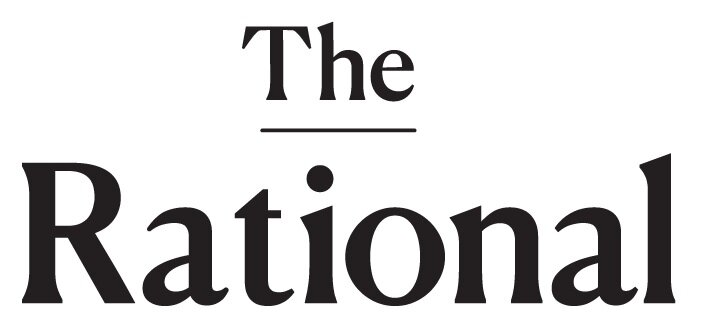Protests Continue in Hong Kong
While demands for self-governance from China go ignored.
Credit:
Anthony Kwan / Getty Images
On June 9, 2019, Hong Kong’s streets were flooded by protesters against a new law that had been brought to the forefront by Hong Kong legislators. This law would allow Hong Kong to detain and extradite criminal suspects wanted in countries and territories with which it has no formal extradition agreements. This includes Taiwan and China which shares a complicated history with Hong Kong.
While Hong Kong police put the number of protesters on that first day at 240,000, the Civil Human Rights Front, the organization behind the protests, estimated more than a million of the country’s residents had showed up on the first day of the protests. In the following weeks, the protests escalated, launching the scene onto the international stage.
What’s going on?
The first big march to protest the China-backed extradition bill on June 9, 2019 was mostly carried out peacefully throughout the day. There were some late night clashes between protesters and police near the city’s Legislative Council, where police used batons and pepper spray to corral the crowds.
Despite the large-scale protests, legislators chose to expedite the bill. On June 12, protesters returned to the area around the Legislature to continue their call for the bill’s removal. On top of that, protesters were also demanding the resignation of Hong Kong’s leader, Chief Executive Carrie Lam.
Growing increasingly frustrated, protesters attempted to storm the government buildings by throwing bricks, bottles, and umbrellas. The police responded with tear gas and rubber bullets, an act of police force that hadn’t been seen since Hong Kong’s Umbrella Movement in 2014. To make matters worse, Lam denounced the incident as an “organized riot” and likened the pro-democracy protesters to stubborn children.
Three days later, buckling under pressure from the continued protests, Lam announced that the extradition bill was suspended indefinitely. She also issued an apology to protesters the following day.
However, the announcement did little to quell protests. On June 16, a week since the mass protests against the bill first began, over two million marchers — out of the island’s seven million residents — filled the streets again. Although Lam has publicly promised that the extradition bill was “dead,” Hong Kongers will likely continue to march against it until the legislation is formally withdrawn.
Why is this important?
Hong Kong has been a self-governing territory of China since 1997 after the Basic Law, which allowed for a “one country, two systems” policy between Hong Kong and China, was enacted. Under this law, which ends in 2047, Hong Kong has maintained its own independent courts, free press, and open internet, setting it apart from Communist China.
In the beginning, Hong Kong legislators sold the bill as a way to prevent the city from becoming a “haven for fugitives.” However, Hong Kong residents are convinced that the bill would virtually legalize the abductions that have been performed by the Chinese government against its opposition.
Even now with the bill declared “dead,” Hong Kong residents are still unhappy with China’s attempts to assert more control over their city, thus fueling continued protests.
What’s next?
The extradition law has been tabled indefinitely and has yet to be formally withdrawn from the Legislature. Because of Lam’s treatment of the bill and her mishandling of the mass protests, many are still calling for her resignation due to what Hong Kongers see as her loyalty to China’s Communist Party leadership.
On the other hand, there is the chance that the Party wants her out, too, as she failed to pass the bill it so strongly backed. Without any concrete resolve in sight, we can expect to see these protests continue in Hong Kong.











